Introduction to Fields of Artificial Intelligence
Overview of Artificial Intelligence
Artificial Intelligence (AI) refers to the simulation of human intelligence processes by machines, including learning, reasoning, and self-correction. It encompasses various subfields like machine learning, natural language processing, computer vision, robotics, expert systems, neural networks, reinforcement learning, data mining, and cognitive computing.
Importance of AI in Various Industries
AI plays a pivotal role in transforming industries across the board by enhancing efficiency, accuracy, and decision-making processes. Its impact can be seen in sectors like healthcare, finance, transportation, retail, and more. Some key points highlighting the importance of AI in various industries include:
- Revolutionizing healthcare with personalized treatment plans and early disease detection.
- Optimizing financial services through fraud detection, risk assessment, and algorithmic trading.
- Improving transportation systems with predictive maintenance and autonomous vehicles.
- Enhancing customer experiences in retail through personalized recommendations and chatbots.
As AI continues to evolve, its applications are limitless, offering innovative solutions to complex problems across diverse domains.

In the realm of Artificial Intelligence, Machine Learning plays a pivotal role. Let's delve into two fundamental branches of Machine Learning: Supervised Learning and Unsupervised Learning.
Supervised Learning
- In Supervised Learning, the algorithm learns from labeled data to make predictions or decisions.
- It involves mapping input data to the correct output label based on a set of training examples.
Unsupervised Learning
- Unsupervised Learning deals with uncovering hidden patterns or structures in input data.
- Unlike Supervised Learning, there are no predefined labels; the algorithm works on its own to discover relationships within the data.
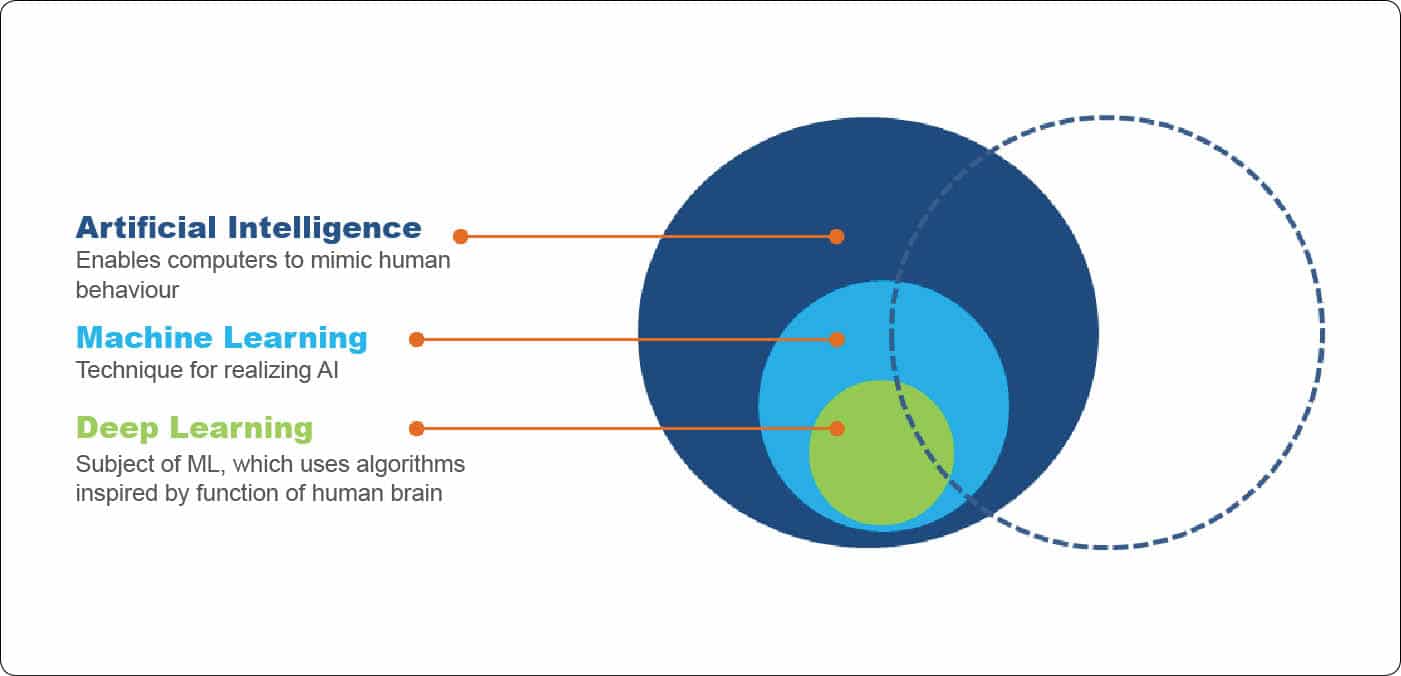
Natural Language Processing
After delving into the intricate world of Machine Learning, let's shift our focus to Natural Language Processing (NLP) – a fascinating field that revolves around teaching machines how to understand and interpret human language.
Text Classification
Text classification is a crucial task in NLP where algorithms automatically categorize text into predefined categories based on content. Some examples include spam detection, news categorization, and sentiment analysis.
Sentiment Analysis
Sentiment analysis is a subset of text classification that focuses on determining the sentiment expressed in a piece of text, whether it's positive, negative, or neutral. This powerful technology is extensively used in social media monitoring, customer feedback analysis, and market research. With NLP, machines can comprehend the nuances of human language, enabling a wide array of applications that impact our daily lives. Let's dive deeper into the capabilities and significance of NLP in the realm of Artificial Intelligence.
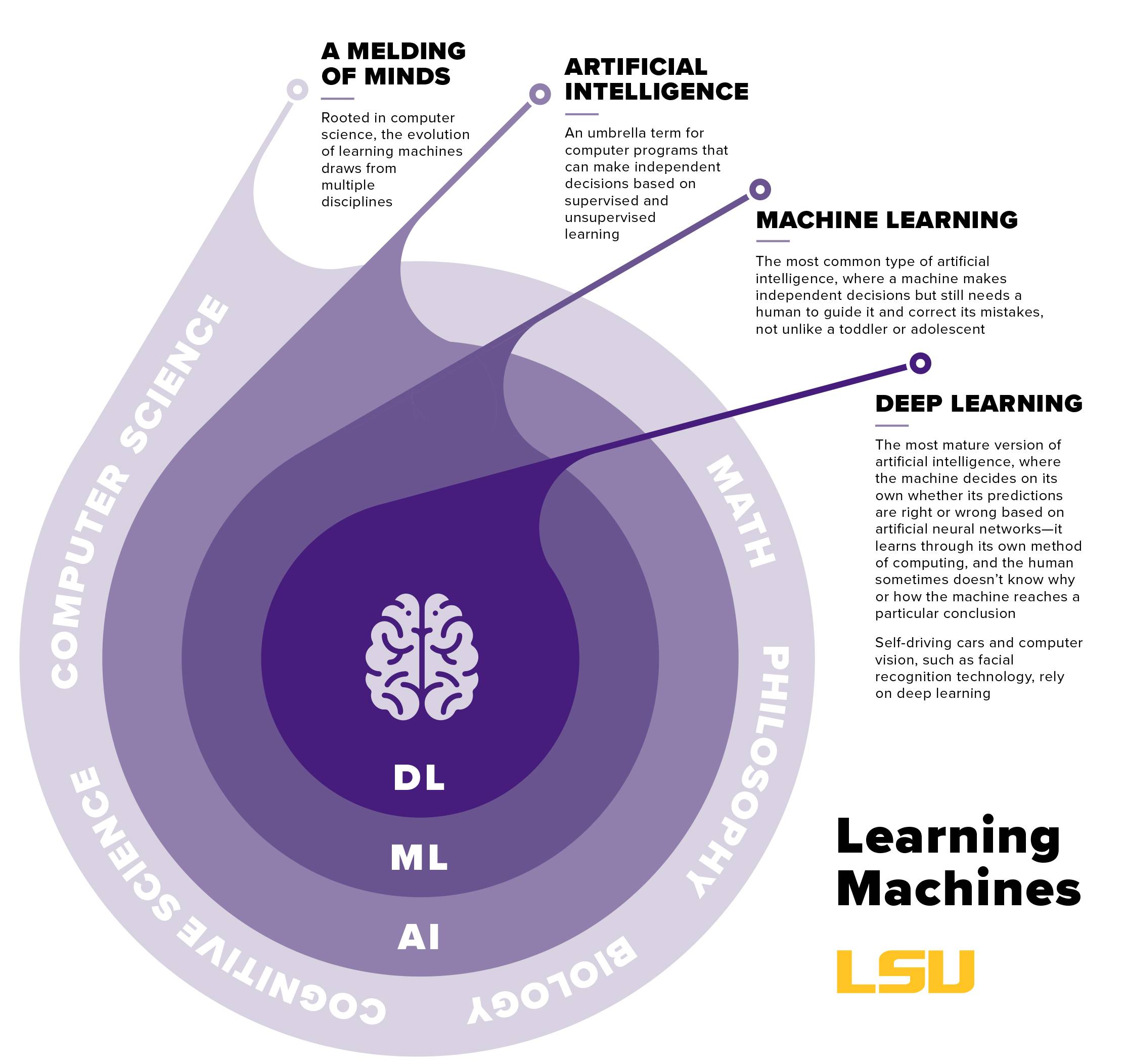
In the exciting field of Computer Vision, two key areas of focus are Image Recognition and Object Detection. Let's delve into these fascinating topics that showcase the power of artificial intelligence in understanding and interpreting visual data.
Image Recognition
- Image recognition refers to the process of identifying and classifying objects in images.
- It involves training algorithms to recognize patterns and features in images to make sense of visual data.
- Applications range from facial recognition technology to identifying objects in satellite images.
Object Detection
- Object detection goes a step further by not only recognizing objects in an image but also locating and outlining them.
- It involves detecting multiple objects within an image and assigning labels to each recognized object.
- Useful in various fields like autonomous vehicles for identifying pedestrians, other vehicles, and road signs.
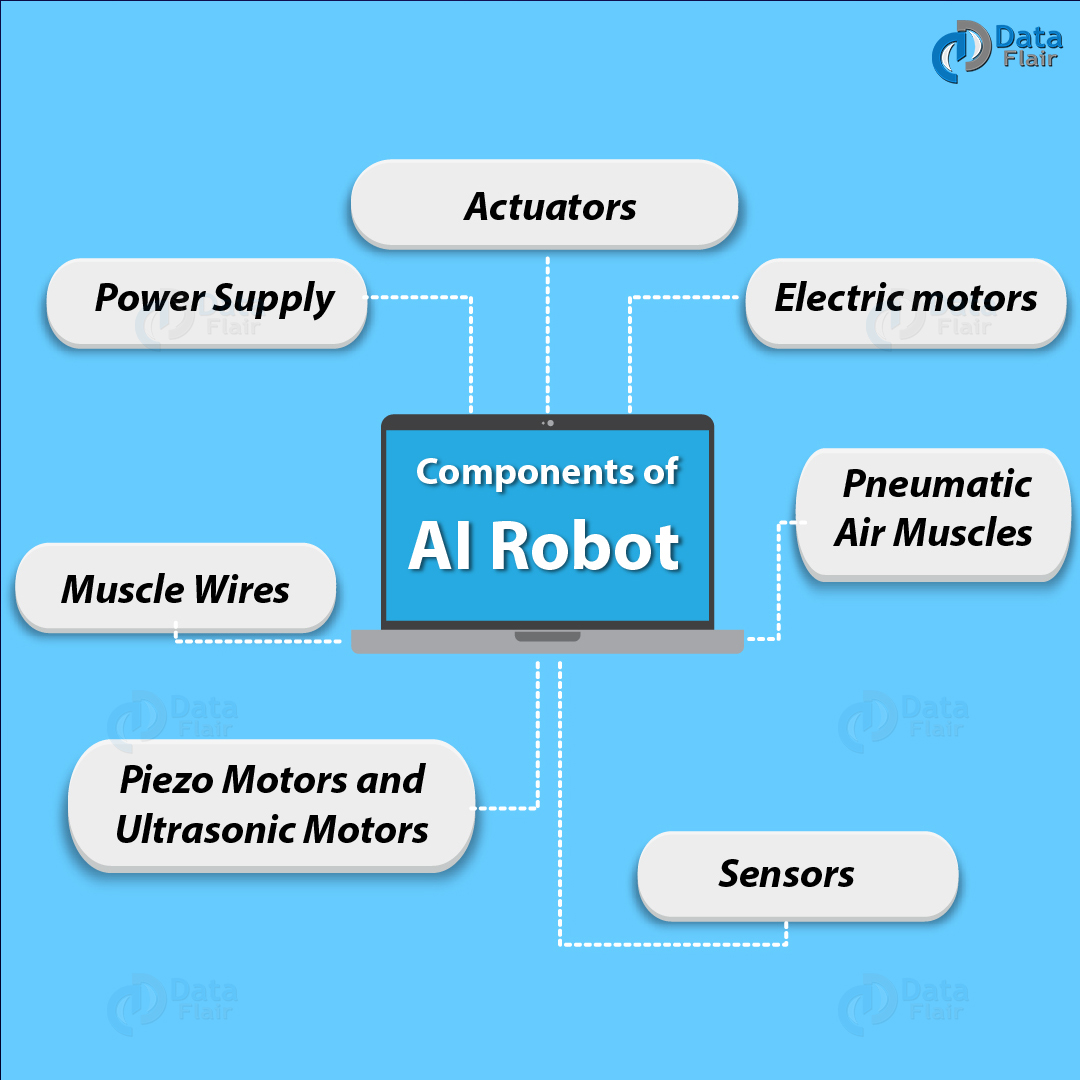
Robotics
After diving into the fascinating fields of Neural Networks and Reinforcement Learning, let's explore Robotics and its intriguing aspects.
Autonomous Robots
When it comes to autonomous robots, envision machines equipped with artificial intelligence making decisions on their own. These robots navigate complex environments, interact with objects, and achieve tasks independently. Some examples include self-driving cars and drones.
Human-Robot Interaction
Human-robot interaction focuses on the communication and collaboration between humans and robots. It involves designing robots that can understand human emotions, intentions, and gestures to interact with users effectively. This field plays a pivotal role in various applications from healthcare to entertainment.
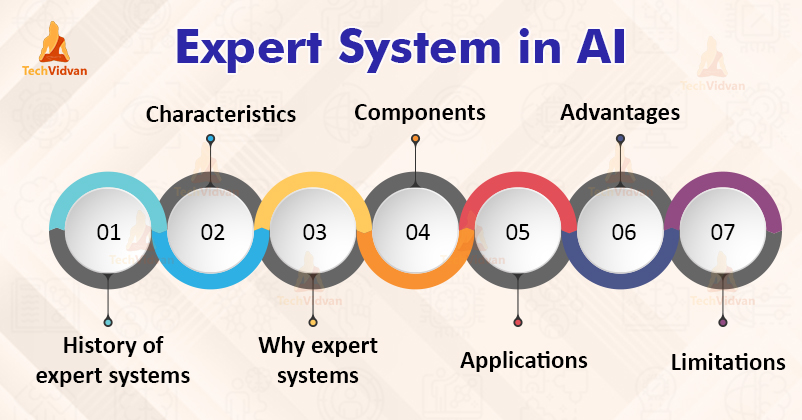
Moving on to Expert Systems, they are AI systems designed to replicate the decision-making ability of a human expert. Here, we delve into how Expert Systems function:
Knowledge Representation
- Expert Systems use various methods like rules, frames, and semantic networks to represent knowledge.
- These representations allow the system to organize and manipulate information effectively.
Inference Engines
- Inference engines are the core of Expert Systems, responsible for reasoning and decision-making.
- They use logical reasoning to derive new information from the knowledge base.
- Inference engines analyze facts and rules to come up with solutions or recommendations.

Neural Networks play a pivotal role in artificial intelligence, offering diverse applications across various fields. Two key types of neural networks are Feedforward Neural Networks and Convolutional Neural Networks.
Feedforward Neural Networks
- Traditionally used in pattern recognition, classification, and regression tasks.
- Information flows in one direction, from input nodes through hidden layers to the output layer.
- Suitable for simpler structured data sets and tasks where a sequential approach is sufficient.
Convolutional Neural Networks
- Primarily applied in image and video recognition, natural language processing, and more.
- Employ convolutional layers to efficiently process spatial hierarchies in data.
- Excellent at capturing spatial patterns in images due to their architecture inspired by the visual cortex.
These neural network types exhibit unique characteristics that make them adept at handling specific tasks in artificial intelligence.

In the realm of Artificial Intelligence, Reinforcement Learning plays a pivotal role in training machines to make sequential decisions based on feedback from their environment. Let's delve into two key components of Reinforcement Learning: Markov Decision Processes and Q-Learning.
Markov Decision Processes:
- Markov Decision Processes (MDPs) are mathematical models used to describe decision-making scenarios.
- They consist of states, actions, transition probabilities, and rewards.
- MDPs assume the Markov property, meaning the future is independent of the past given the present state.
- Reinforcement Learning algorithms like Q-Learning utilize MDPs to learn optimal strategies through trial and error.
Q-Learning:
- Q-Learning is a model-free Reinforcement Learning algorithm that aims to learn a policy telling an agent what action to take under different circumstances.
- It utilizes a Q-table to store the quality of different actions in different states.
- By exploring the environment and updating the Q-values based on rewards received, the agent learns the optimal policy over time.
- Q-Learning is widely used in various applications, including game playing and robotics.

Data Mining
Continuing our exploration of fields within Artificial Intelligence, we delve into Data Mining, a crucial aspect. This area involves uncovering patterns and relationships in large datasets to extract valuable insights. Let's look at two key techniques:
Association Rule Learning
Association Rule Learning focuses on discovering interesting relationships between variables in large databases. This technique is widely used in market basket analysis to identify patterns in consumer behavior. For example, if a customer buys product A, they are likely to also purchase product B.
Clustering
Clustering is a method of grouping similar data points together based on certain characteristics. This technique is commonly used in customer segmentation for targeted marketing campaigns. For instance, clustering can help identify distinct customer groups with specific preferences for tailored marketing strategies. Data Mining plays a pivotal role in extracting valuable insights from vast amounts of data, aiding businesses in making informed decisions.
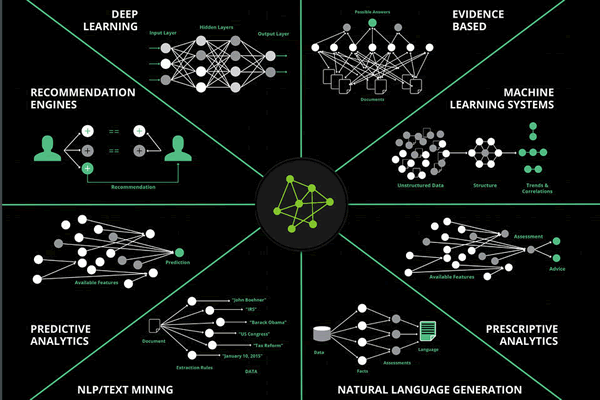
Moving on from the field of Data Mining, let's delve into Cognitive Computing, a fascinating area of artificial intelligence that mimics human thought processes. This advanced technology has diverse applications in sectors like healthcare and finance, showcasing its potential to revolutionize how tasks are approached and executed. Let's explore further:
Mimicking Human Thought Processes
Cognitive Computing aims to replicate the intricate processes of human cognition, enabling machines to learn, reason, and understand complex data like a human brain.
- Natural Language Understanding: Cognitive Computing systems can interpret and respond to human language, making interactions more natural and seamless.
- Pattern Recognition: These systems excel in recognizing patterns in data, enabling them to make intelligent decisions based on complex information.
- Adaptive Learning: Machines equipped with cognitive capabilities can learn from new data and experiences, continuously improving their performance over time.
Applications in Healthcare and Finance
The integration of Cognitive Computing in healthcare and finance sectors has brought significant advancements and benefits:
- Healthcare Diagnostics: Cognitive systems can analyze vast amounts of medical data to assist doctors in making accurate diagnoses and treatment decisions.
- Fraud Detection in Finance: By analyzing financial transactions in real-time, cognitive systems can identify fraudulent activities and protect against financial risks.
Incorporating Cognitive Computing into these industries has not only enhanced efficiency but also opened new possibilities for innovation and problem-solving.
